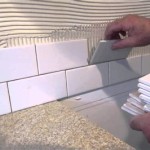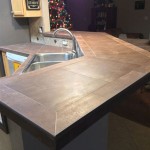Transitions between two different floor coverings can make a significant difference in the look and design of a home. When transitioning from carpet to tile, a carpet to tile transition strip should be used. This strip is an overlap of two different materials, usually wood or metal, that covers the edge of the carpet and provides a smooth transition to the tile floor.
Carpet to tile transition strips are available in a variety of styles and colors to match the decor of any home. The most common styles are T-molding, reducer, end cap, and overlap reducer. T-molding is the most common type of transition strip and is used with wood, laminate, and vinyl flooring. It is usually a thin strip with a rounded edge that allows for a smooth transition between the two floors.
A reducer transition strip is used when the difference between the two floor heights is more than 3/8 of an inch. It is an overlap of two different materials, usually metal, that covers the edge of the carpet and provides a smooth transition to the tile. An end cap transition strip is used when the difference between the two floor heights is less than 3/8 of an inch. It is a metal strip with a rounded edge that provides a smooth transition between the two floors.
Overlap reducer transition strips are used when the height difference between the two floors is greater than 3/8 of an inch. It is an overlap of two different materials, usually wood, that covers the edge of the carpet and provides a smooth transition to the tile. The overlap reducer is designed to fit over the edge of the carpet, providing a transition that is flush with the tile.
When transitioning from carpet to tile, it is important to use the correct transition strip to ensure a smooth and seamless transition. The right transition strip will also help protect both the carpet and the tile from wear and tear. With the right transition strip, you can make a smooth transition from carpet to tile and create a beautiful look in any home.









Related Posts








